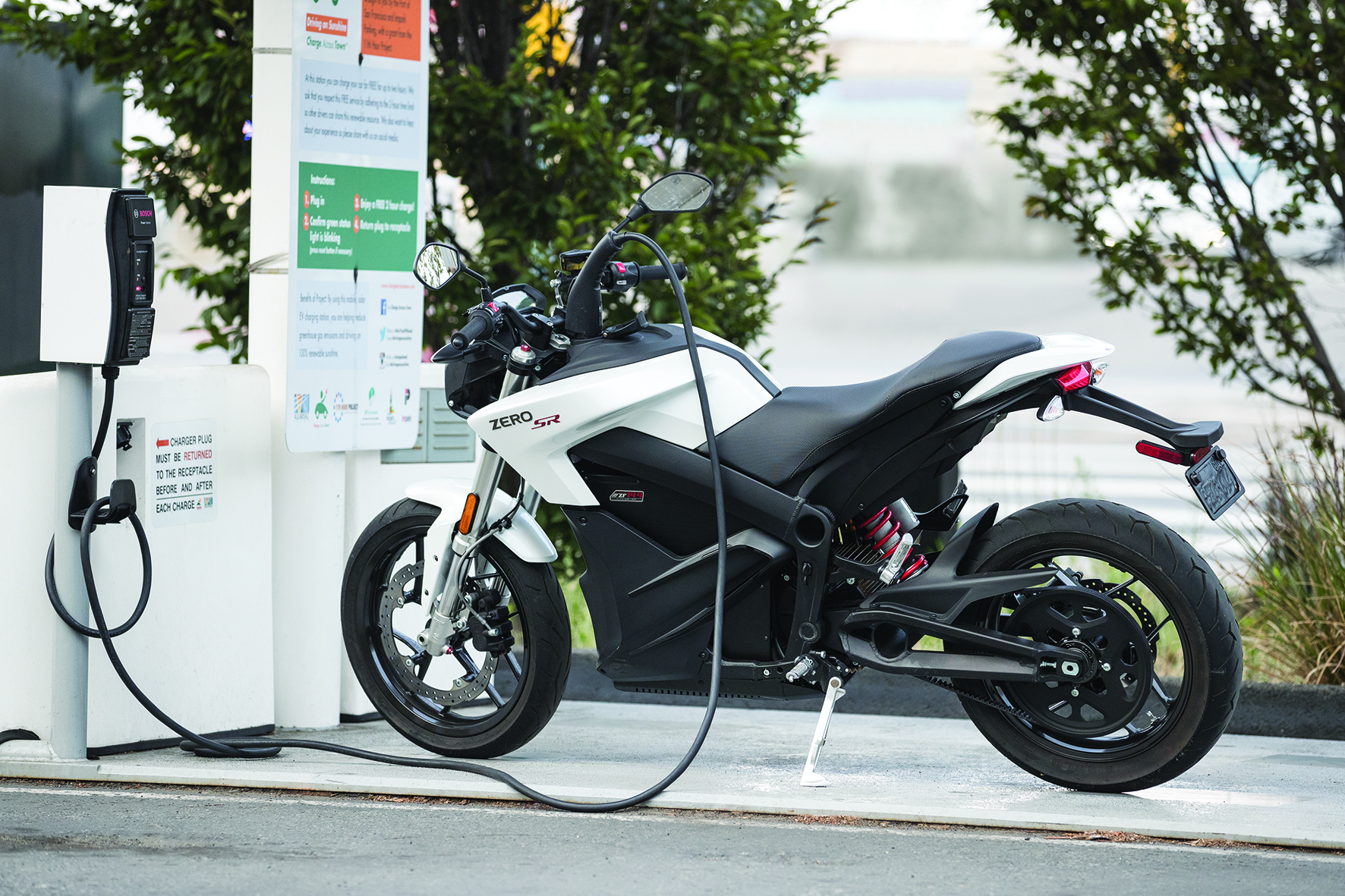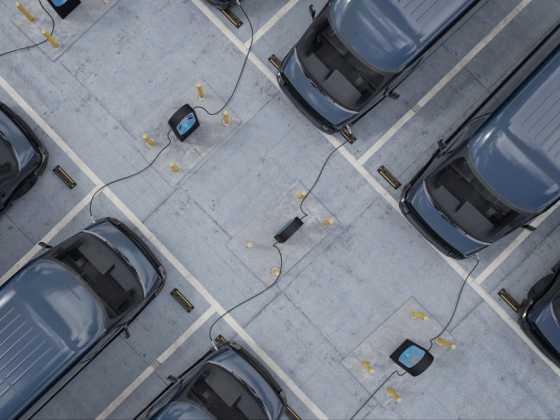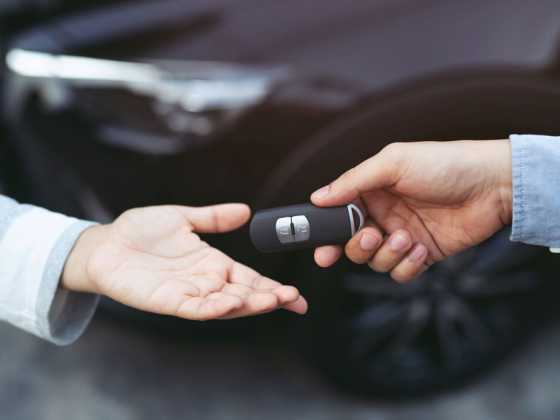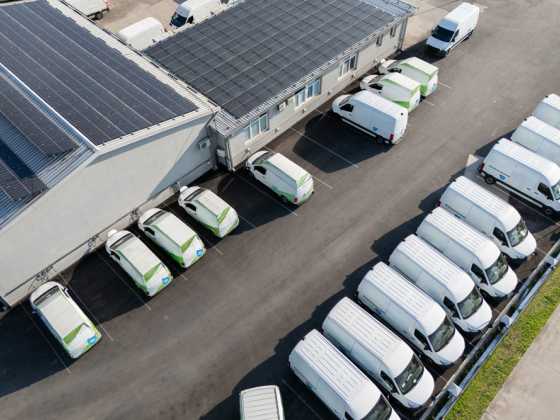The evolution of powered two-wheelers

Electric Powered Two Wheelers are not as bound by the demands of range in the same way as cars. By virtue of their light weight, even modest power units can generate powerful performance, while clever design tweaks, like removable batteries that can be carried in doors for charging, mean that electric scooters and mopeds are slowly evolving into the ultimate urban transport
In 2008, a company was created to promote and prove electric motorcycles on the hallowed roads of the Isle of Man TT course, as traditional motorcycle manufacturers had been doing for over 100 years. In 2009, the first electric motorcycles set off down Bray Hill as part of the TTXGP.
A decade later electric motorcycles still form part of the TT race programme and the FIM have commissioned a World Championship series for the bikes. World Championship promoters Dorna will be running an electric motorcycle race ahead of some MotoGP races in 2019. In the racing world, electric motorcycles are evolving at a pace and with Formula E and the new MotoGP support class, racing fans will be able to see first-hand the potential of electric powered bikes.
Despite all the hype, electric race cars and motorcycles are still far behind their internal combustion counterparts in terms of performance, range and usability. F1 has embraced duel power hybrid technology to benefit from the best of both worlds, and it seems that manufacturers of street cars see that as the best option to satisfy the demand for performance and range.
Unique powered two-wheelers
Powered Two Wheelers (PTWs), on the other hand, are not as bound by the demands of range in the same way as cars. By virtue of their light weight, even modest power units can generate sparking performance, and clever design tweaks like removable batteries that can be carried in doors for charging mean that the electric PTW is slowly evolving into the ultimate urban transport.
The evolution to an ePTW future in the UK was initially kicked off by brands such as Vectrix and Zero. Vectrix offered a large ‘Maxi scooter’ to tempt commuters, whilst Zero offered a more traditional looking motorcycle with a variety of styles from road to off-road. However both brands found the UK market very tough.
One of the biggest barriers for the ePTW was price. Small petrol motorcycles had become increasing efficient and cheap to run and had managed to remain affordable to buy, whilst their larger capacity relatives had increased in price. With a ticket price of maybe £3,000 and over 130mpg on offer, it was hard to make the case for an electric equivalent at three times the price. Price parity with a petrol equivalent was widely seen as the key to the ePTW explosion.
So it was with great fanfare that in 2015 the government department responsible for electric vehicle rollout, OLEV, announced that it was extending the Plug in Grant to zero emission motorcycles. A maximum purchase subsidy of £1,500 would be available to qualifying ePTWs. The grant followed over three years of lobbying by the Motor Cycle Industry Association (MCIA), who then worked with OLEV to create qualification criteria based on technology and range, amongst other things.
Fleet users
Besides the obvious benefits of encouraging riders to swap their petrol scooter commute for a electric scooter commute, the grant was positioned to encourage fleet users to make the switch. Firms who use mopeds and scooters can save thousands every year by making the switch to electric for their lightweight urban deliveries, and some pizza delivery companies have been quick to realise the opportunity. The potential for the wider ‘last mile’ cargo delivery has also been highlighted by those looking at the grant from a commercial perspective, with cargo e-scooter brand Govecs quickly to market with a delivery vehicle.
Two years after the launch of the OLEV grant, ePTWs are still a rare sight on the UK’s road network. But the evolution continues, the sector continues to grow and sales are increasing. Brands like Zero are selling strongly off the back of the grant.
Other manufacturers are also now plugging into the potential of electric: Harley Davidson introduced their electric prototype the Livewire and BMW have continued to push their C-Evolution maxi scooter.
Dedicated ePTW brands like Energica have exciting sports bike product available and iconic names like Vespa are poised to bring electric versions of their scooters to market.
Back on the Isle of Man, where arguably it all began in 2009, names like Mugan are lapping at over 120mph, only 13mph slower than their petrol ‘ancestors’ – albeit only over one lap. But these speeds have the appeal to attract top name riders like Mike Rutter and John McGuiness to contest their bikes.
There can be no doubt that the gradual shift to electric motorcycles is set to continue and it is now only a matter of time before mainstream manufacturers like Honda come to the table with electric product that will spark the electric revolution that we’ve been waiting for.






